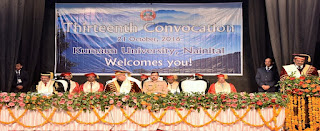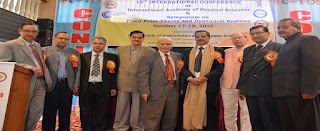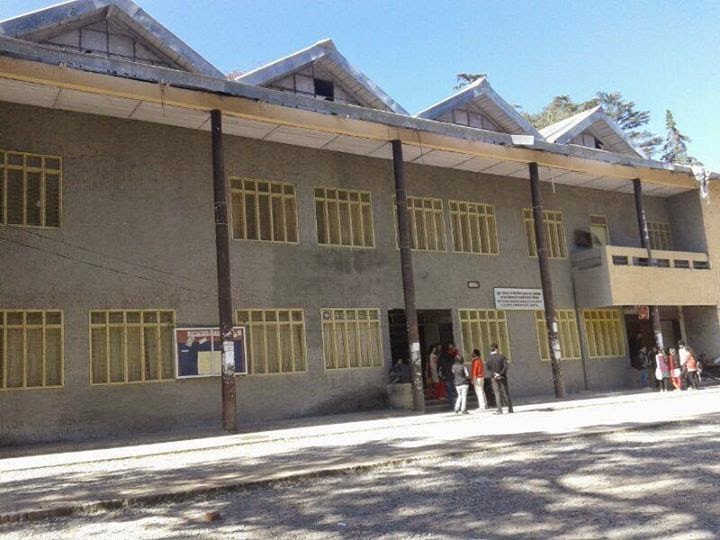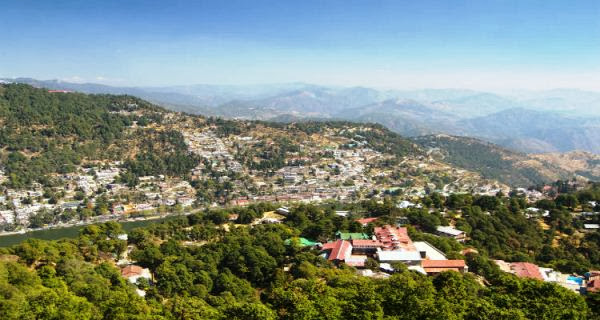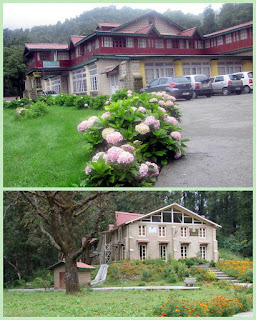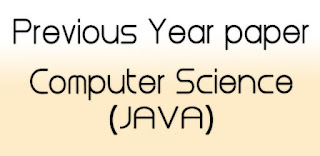 |
| D.S.B. Campus Nainital |
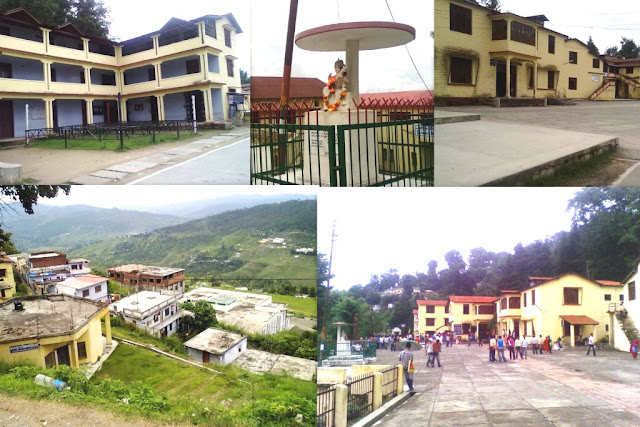 |
| S.S.J. Campus Almora |
Departments
• Arts
• Commerce
• Science
• Law
• Education
• Engineering
• Technical studies
Facilities Available in Kumaun University
Computer Departments and Labs - At SSJ Campus a well-equipped computer lab has been established. At DSB campus also the Computer Science Department has a well-equipped computer laboratory. The aim is to devise and undertake short term courses on computer literacy program for postgraduate students of the Department. These programs include teaching of Computer Fundamentals, Programming Languages, Computer Architecture and mathematical software like MATLAB and MATHEMATICA, and handling of scientific word processor like LATEX.
IPSDR - Institute Of Professional Studies And Development Research is an autonomous unit of Kumaun University, Nainital. It is located at the Hermitage in Lower Sleepy Hollow, away from the hubbub's of main campus and the town. A different professional environment has been provided to the students of the Institute, here. The prime objective of IPSDR is to take care of un-employability in higher education, develop the human capital, and contribute its bit to the greater cause of development. IPSDR, therefore, proposes to offer specifically designed courses at all the levels in higher education, i.e., add on certificate courses ,advanced PG diploma programs and post graduate degree programs. Moving in the same direction, the Microsoft IT Academy at the Hermitage has also become a unit of IPSDR. It is surely going to widen the horizons both ways. Along with other degrees now courses on Microsoft certified technologies shall also be offered.
Centre for Journalism & Media Studies - The Center for Journalism & Media Studies was launched in 2006-07 with quite modest infrastructural resources. The aim here is to act dynamically to redefine the contemporary culture and society by grappling with issues that concern us most, and not merely problematize some half-real, half-imaginary theoretical entertainers of the intellect as happens with most academic pursuits. It also nurtures a distinct breed of young Indians who are passionate about their country, culture, society and vocation.
Central Library - It is situated in an expanded building near the administrative building. The library has high quality reference books related to curriculum, research and national, international level research and magazines.
Placement - Considering the previous positions of placements, it can safely be inferred that the students of IPSDR are in high demand in the market ,with previous batches placed with ICICI bank, Priya gold, IndusInd Bank, GlenMark Pharmaceuticals, Jagsonpal Pharmaceuticals, CPM Card, Air Expo Cargo, Jyoti lab ,Bajaj Allianz etc, to name a few. Some students of the current batch have got placements in some of the renowned companies like HUL, Wipro, HCL and ICICI and also in some institutes even before the completion of the course.
Kumaun University
City : Nainital, Uttarakhand
Phone : +91-05942-235563, 235562
Email : registrar@kuntl.in, registrarnainital@gmail.com








